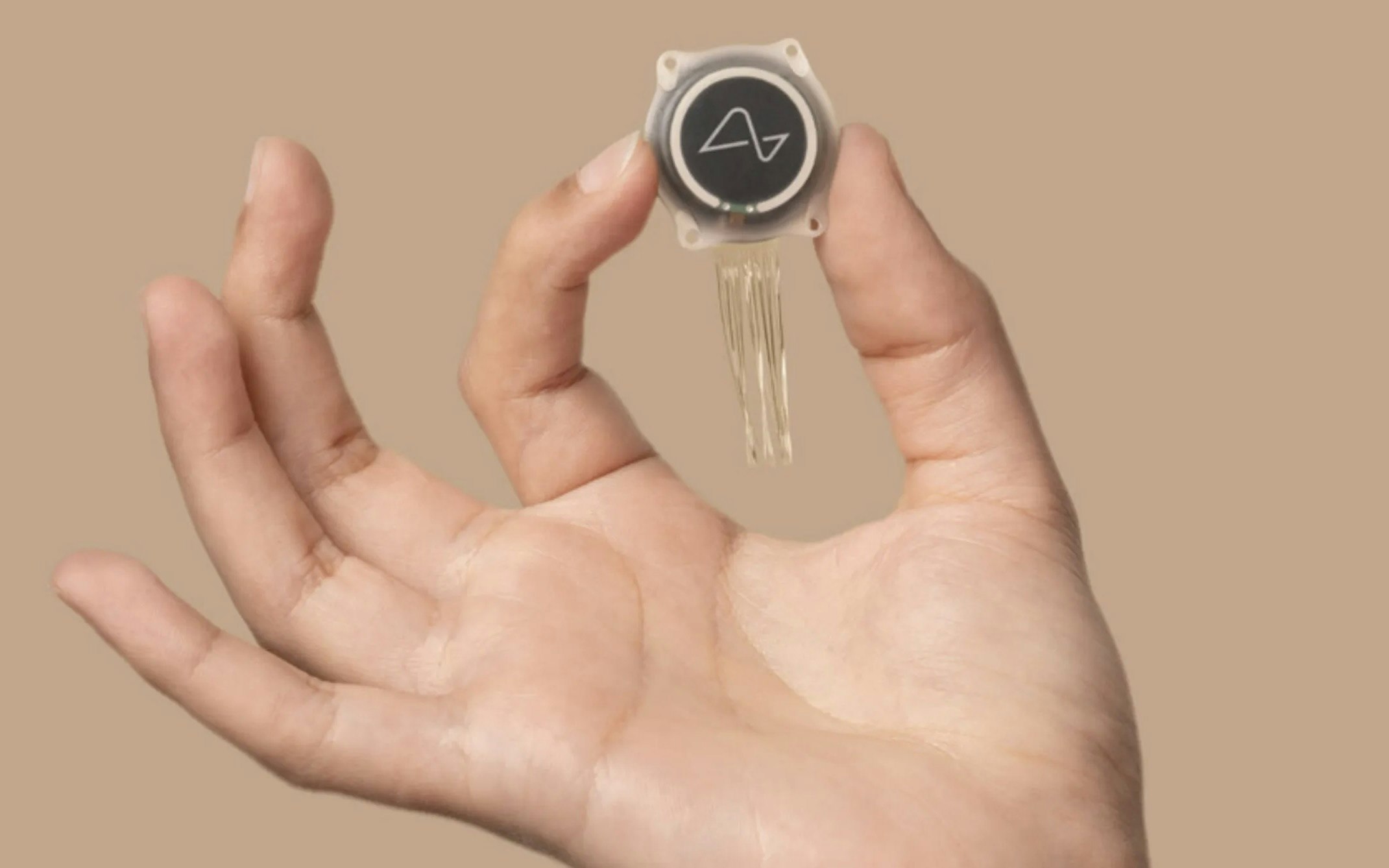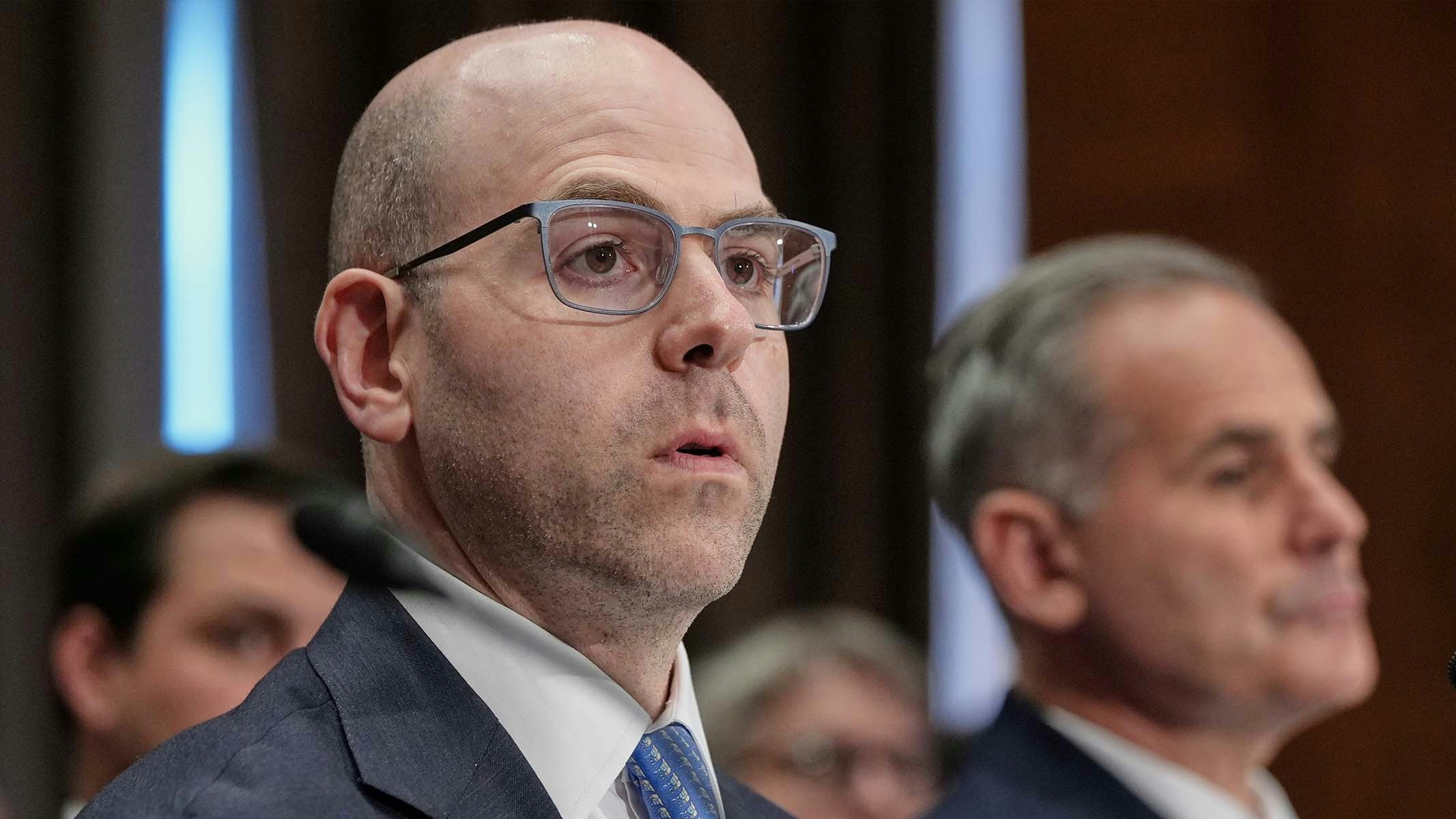Technology
Elon Musk's Neuralink achieves significant progress in brain implants: Second patient shows impressive success
Neuralink, the brain-computer interface company founded by Elon Musk, has made significant progress with its second patient.

Neuralink, the brain-computer interface company founded by Elon Musk, has once again attracted attention with its innovative brain implant. After the company introduced its first patient in March, who could control a computer cursor solely with the power of thought, the successes of the second patient have now been made public. According to Neuralink, this patient is already using the implant to play video games and utilize design software.
The device developed by Neuralink, which is fully implantable and wireless, could represent a significant improvement over older technology if it proves to be safe in clinical trials. It aims to enable people with severe spinal cord injuries to use computers and possibly restore lost motor functions.
The Neuralink implant works by drilling a coin-sized hole in the skull and inserting the device above the motor cortex responsible for controlling voluntary movements. The technology is based on 64 tiny, hair-thin threads that are introduced into the brain to capture electrical signals from neurons. These signals are then digitized and transmitted to a Neuralink computer application, which translates them into actions like moving a cursor.
A significant advantage of the Neuralink implant is that it transmits data wirelessly and can be used without external computers, unlike older technologies. This enables patients to use the device at home, representing a considerable improvement over previous, lab-bound systems.
The first Neuralink patient, Noland Arbaugh, noticed after about a month that the performance of his implant was declining. Some of the implanted threads had retracted, affecting his ability to move and click the virtual mouse cursor. However, Neuralink was able to restore his functions through algorithm adjustments.
The second patient, known only as "Alex," had not experienced any such problems so far. Neuralink optimized the surgical techniques by reducing brain movements during the procedure and inserting the threads deeper into the motor cortex. As a result, the functionality of the implant was preserved, and Alex was able to successfully play a video game that usually requires two joysticks and several buttons.
Neuralink plans to implant eight more people this year, Musk recently said. The company has already raised over $600 million for research and recently received the green light from the Food and Drug Administration (FDA) to conduct further clinical trials.
With the progress made so far, Neuralink remains at the forefront in the race to develop brain-computer interfaces that could revolutionize the lives of people with severe disabilities.






